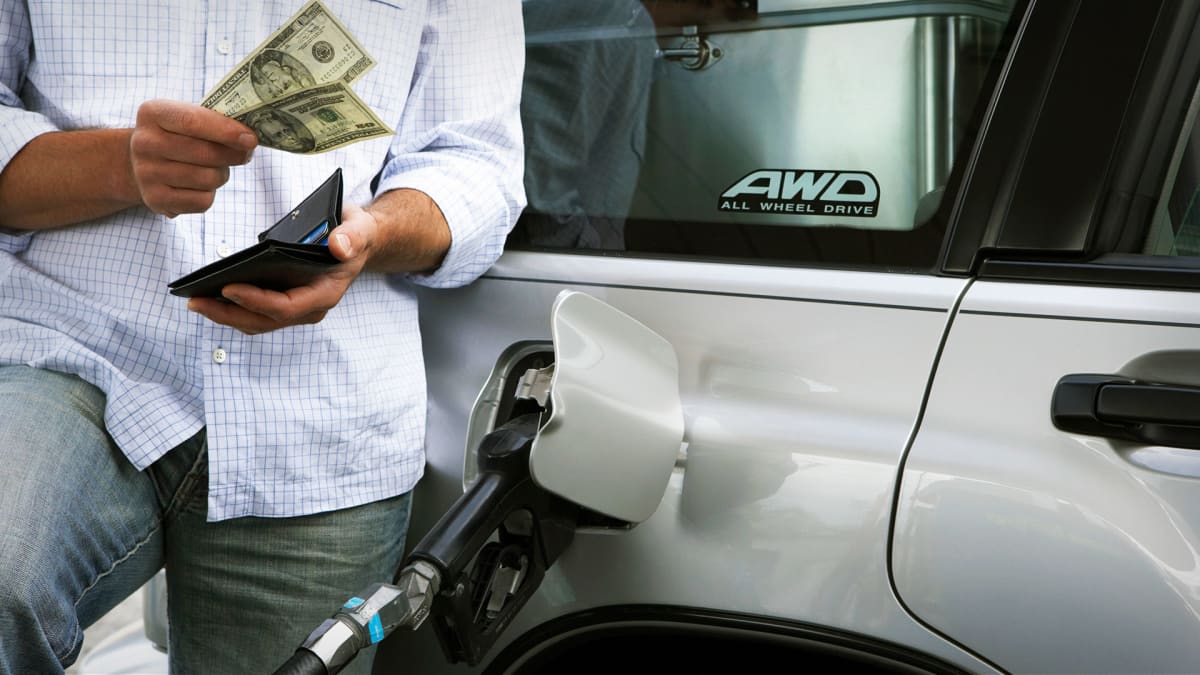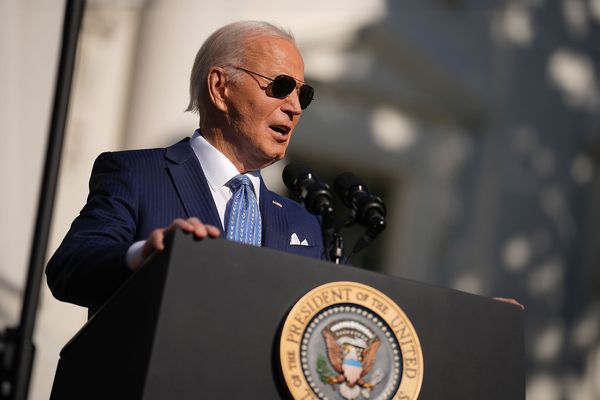
Gasoline prices rose again for the third consecutive week as the national average reached the highest level since November.
The average price for gasoline jumped to $3.65 a gallon, rising by 7.6 cents from a week ago to $3.65 per gallon on April 16, according to GasBuddy data compiled from more than 11 million individual price reports. While the national average increased by 22.1 cents from a month ago, a gallon of gasoline is still 41.2 cents lower than a year ago.
DON'T MISS: Tesla, Ford and GM Receive a Surprise Gift
Consumers are facing higher prices at the pump as some refiners have switched over to the summer blend and OPEC+ slashed production of crude oil.
The most common gasoline price for drivers is $3.59 per gallon, up 10 cents from last week,
The other top four most common prices that motorists are paying are $3.39, $3.49, $3.29 and $3.69.
The median U.S. gas price is $3.53 per gallon, up 5 cents from last week and 12 cents lower than the national average.
The top 10% of stations in the U.S. are selling gasoline for an average of $4.78 per gallon, compared to the bottom 10% that averages $3.15 per gallon.
Drivers in Mississippi are paying the lowest price at $3.14 a gallon, followed by Arkansas at $3.22 and Louisiana at $3.27 a gallon.
The highest price for gasoline is selling for $4.87 a gallon in California, while consumers are shelling out $4.76 a gallon in Hawaii and $4.52 in Arizona.
Crude oil prices have risen lately, but the national average of gasoline prices could peak soon, said Patrick De Haan, head of petroleum analysis, GasBuddy, a Boston-based provider of retail fuel pricing information and data.
“With oil prices touching their highest level of 2023 at nearly $83 per barrel, the national average price of gasoline has continued to inch higher with 45 of the nation’s 50 states seeing prices rise over the last week," he said. "While the rising price of oil is likely the largest factor in rising gas prices, seasonal impacts continue to also exert pressure on prices."
The Northeast region is reaching the "final step" in switching over to summer gasoline this week. Drivers in those states should expect a "sharp rise in gasoline prices over the next week or two," De Haan said.
"Every other region has already seen the final step in the transition occur, so while other areas will see prices continue to slowly rise, the Northeast is likely to see a pretty hefty jump of 15-40 cents per gallon soon."
The national average price of diesel is selling at $4.15 per gallon with a slight decline of 0.3 cents in the last week and is 87.4 cents lower than one year ago.
Crude Oil Faces Volatility
Crude oil prices remain volatile. The Group of Seven (G7) coalition told Reuters it would maintain a price cap of $60 per barrel on seaborne Russian oil. The price cap is an attempt to curb the revenue that Moscow receives from its oil production.
Australia and the G7 decided to keep the $60 price cap that was set last December, the Reuters article said.
Despite the recent rally in oil prices, "weakening economic data has been a headwind for crude prices, " Devin McDermott, an equity analyst and commodities strategist for Morgan Stanley, wrote in an April 18 research report.
Investors of oil companies can expect profit margins to rise.
"We stay constructive and see a path for the sector to extend its recent outperformance vs the S&P," he said.
The consumption of oil in China has been "sluggish" as its economy rebounds from the reopening from covid-19, De Haan said.
The supply cut of crude oil made by OPEC+ countries could "push the market into an oil deficit this summer, should the global economy avoid recession," he said.
Consumers could wind up paying $4 a gallon for gasoline, depending on crude oil prices, the impact from the production cut and if a mild recession occurs soon.
"Oil prices remain a wildcard, but we’re likely a few weeks away from seeing the national average peak," De Haan said. "Whether it hits $4 per gallon or not is still perhaps a 50/50 chance.”







